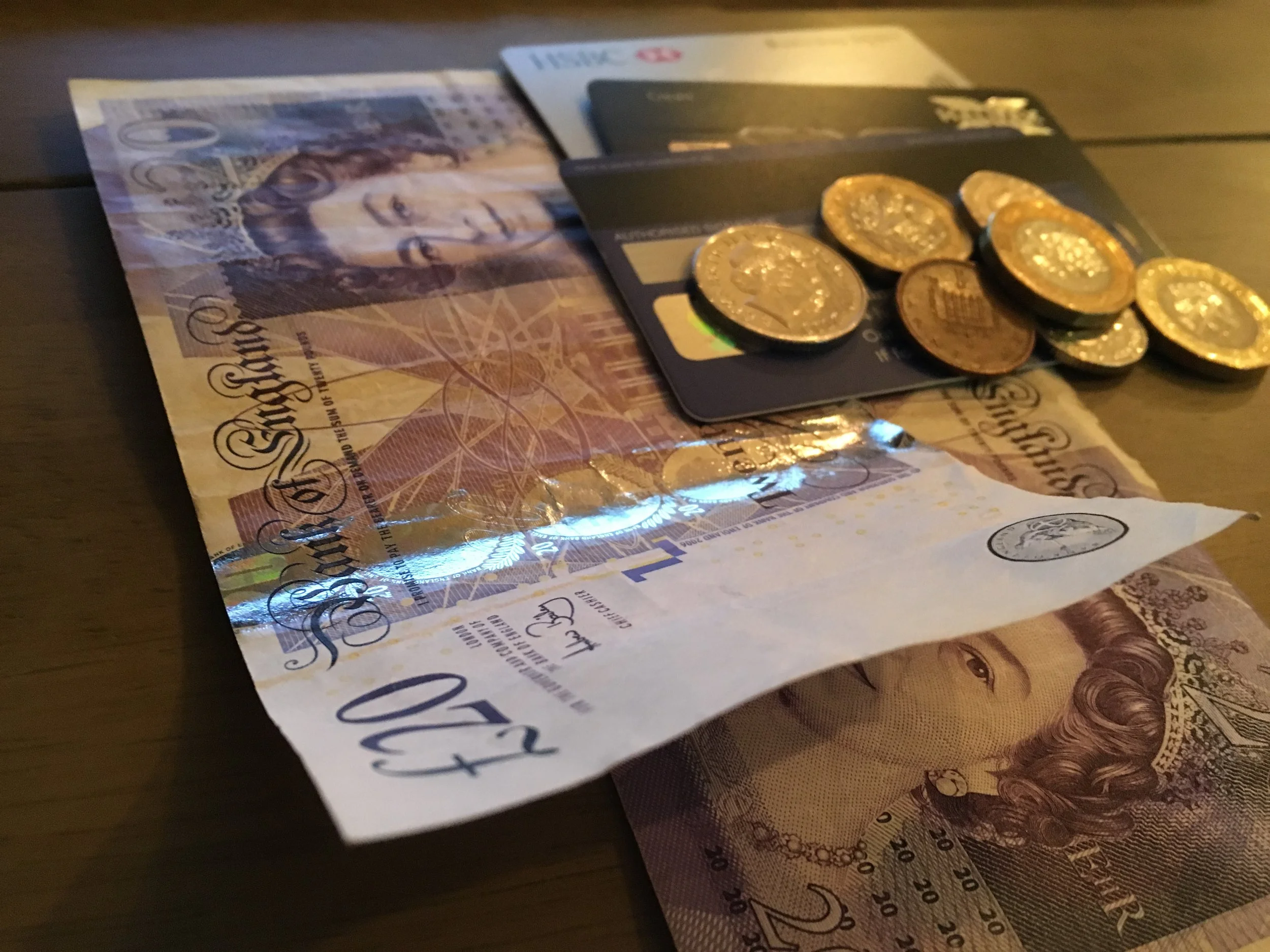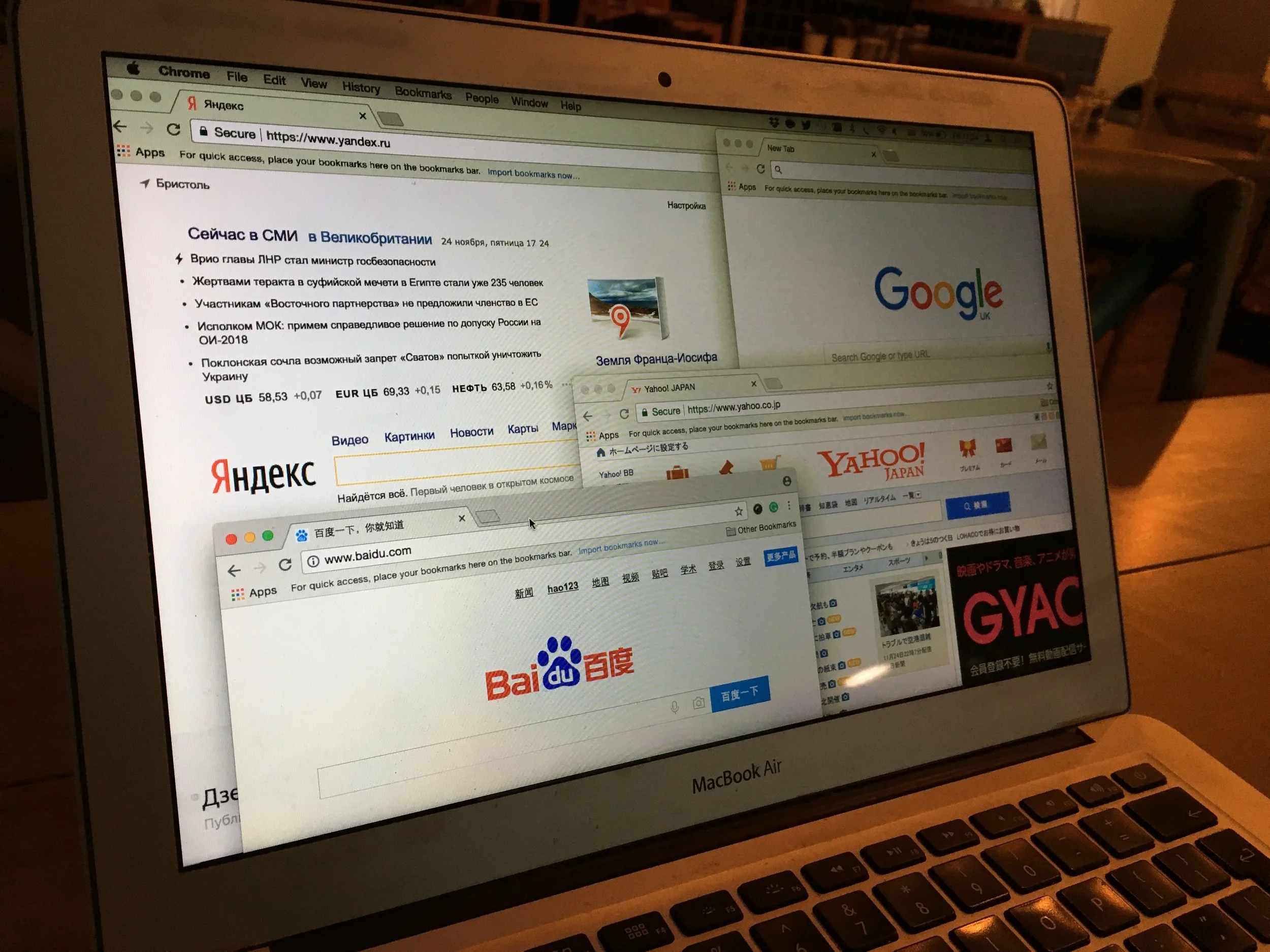How to reach out to your global audience & what to localise
Previously we shared with you a global design guide cheatsheet, a list of basic design elements that you should look into when designing for an international audience.
Apart from design localisation, there are many more aspects that you can and should look into, such as ones listed below. Some are operation related (e.g. payment) whilst others could inform your product design, marketing or SEO strategy.
Payment methods. Apart from the usual suspects such as credit/debit cards, Paypal, Apple Pay and Google Wallet, it’s likely that different countries have their preferable digital payment methods. It is crucial for businesses to offer a suitable and localised set of classic and alternative payment methods for all markets. Providing trusted local payment types will offer comfort to your international audiences. For example, as it is now (end of 2017 / beginning of 2018), in:
- China: Mobile payment solutions are conquering the China market with Alipay and WeChat Pay as the main players, although UnionPay is still in the game
- Mexico: Cash over cards even for eCommerce
- The Netherlands: iDEAL, a native real-time bank transfer method, is the preferred payment method for Dutch consumers when buying online
- Brazil: Instalment payments for purchases made with credit cards is a common practice in this country
Payment technologies are moving fast. We anticipate that these trends will continue to change as there will be many new digital payment methods to be introduced and to be adopted.
Preferred payment methods might differ from one country to another
Social network: Even though Facebook, YouTube, Instagram and Twitter are on top of the list worldwide in terms of popularity, be aware that there are other social platforms which are more popular and widely used in certain countries. Here are some examples:
- WeChat is the super app that you definitely need to look into and understand how it works if you want to focus on the Chinese market, whether it means you’ve a business in China or you want to target Chinese consumers in your home market.
- V Kontakte (VK) is the most popular social media (and website) in Russia. It is also used in Belarus and Kazakstan. While VK reaches a younger audience (under 30 years old), Odnoklassniki (OK) another popular local social media site in Russia gears more towards users over the age of 35. In contrast with most other countries, Facebook does not have a strong presence in Russia. If Russia audience is who you want to reach out to, you might want to move from investing solely on Facebook to these local social platforms.
- Kakao, a similar version of WeChat in Korean. It has services such as KakaoTalk (a messenger service which is the most popular social network in Korea) and KakaoStory (a social networking site built on KakaoTalk which allows sharing of photos, videos, music and thoughts).
Different social networks including ones that only popular in specific countries such as VK and KakaoTalk
SEO strategy: In many instances, you might need to have individual and localised SEO strategy for different markets. Even though Google is prominent on the global scale, it still isn’t the only major player on the field in some countries. For example, Yandex is the primary search engine in Russia and in China, it’s Baidu.
In some countries, even if Google is prevalent, there might still a big percentage of people using their local search engines which have been widely used for years such as Seznam in the Czech Republic or Yahoo in Japan. Don’t leave out those audience groups as they might still make up the big percentage of your target users.
Top search engines, including Google, Baidu (China), Yandex (Russia) and Yahoo (Japan)
Each of these search engine works differently. You might want to look for help from relevant experts to understand the rules for promoting your sites on these search engines.
Don’t forget also that every country searches differently. Even if they speak the same language, for instance, German, the keywords used by Germans to search for a specific thing might be different from Swiss or Austrians. Do your research and continue monitoring the data and modifying your SEO strategy where appropriate.
Internet speed: You have a beautiful, visual-heavy content site. It works perfectly for your UK or US audiences. It conveys the brand well and offers a good experience. Great. What happens when you going into another market with slower internet speed?
Most likely you will want to use the same (or similar) website for this new market (hopefully in the local language). It’s imperative to test how fast the site loads with their average internet speed. For instance, in India, Egypt, Vietnam, Indonesia and Malaysia, with their slow internet speed, you might want to revisit the content of your site (e.g. remove or replace some of the visual or video content to copy) or even to review the code to identify ways to prioritise key content to load.
Devices used: Mobile web browsing has been steadily growing worldwide. Even though the combination of mobile and tablet browsing is already slightly higher than the desktop’s as a whole, the desktop is still king in some parts of the world, for example, in most Western countries, Brazil, Russia, New Zealand and surprisingly in Japan too.
However, it’s a different story in countries such as China, Africa, Sri Lanka and India where mobile is more than 3 times of desktop use. What’s interesting is in some countries, the use of mobile versus desktop comes in side-by-side. This means that one can take over another at any point. They are the ones you want to keep a close eye on, for example, Egypt, South Korea, Singapore and Malaysia. Why? Because knowing how your products (e.g. website or application) might be used or accessed will help inform your product strategy and to think of how you could introduce your products and services into their daily life. You might want to look into the journey your audience go through when they are on these devices and observe the change of their usage behaviour.
WHAT DOES THIS MEAN?
These are only a few examples of localisation for you to look into when offering your services in markets outside your home country. As they do not involve behavioural psychology elements like culture or social norms, it should be relatively straightforward to set the direction of what and how you offer and design your products and services in these areas.
WHAT’S NEXT?
If you would like a Global Guide as an introduction to a country that you’re not familiar with, get in touch with us. It can include important facts (like ones above and design relevant guide) and insights of a specific country (e.g. cultural elements which influence users behaviours).
We can create a bespoke guide for you, or better still, run a workshop to introduce you to a particular country/market. You can specify the markets you want to focus on and we will tailor the details which are relevant to you based on your product and industry. You can then use the insights for your design localisation, as well as to inform your product, marketing, operation and business strategy.



